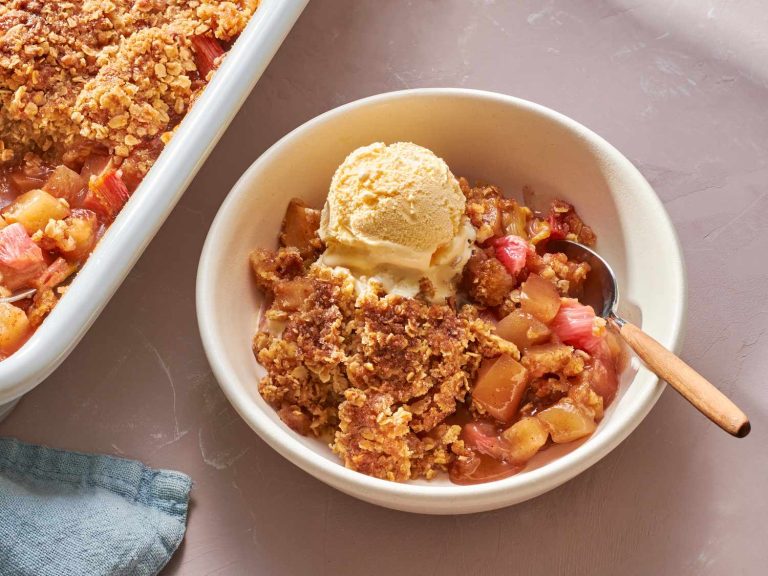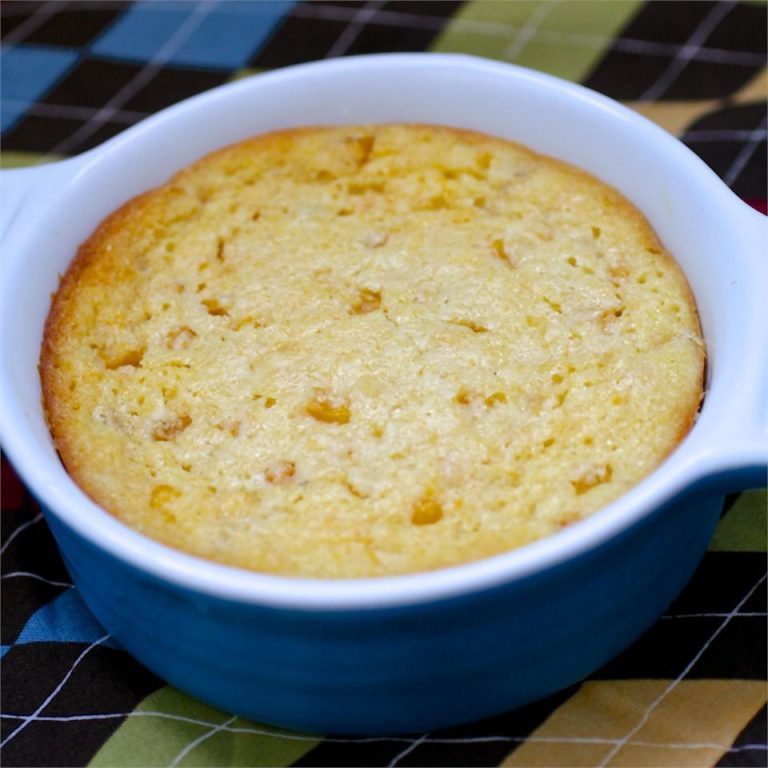Cheese Rosti: Swiss Tradition, Modern Twists, and Perfect Pairings
Rosti originates from Switzerland, where it began as a hearty farmers’ breakfast. In the canton of Bern, farmers relied on this simple dish made of grated potatoes pan-fried to golden perfection. Over time, Rosti evolved beyond a breakfast item, becoming a staple in Swiss cuisine. The simplicity of Rosti made it popular among various regions, with each canton adding its unique twist to the dish.
Cheese Varieties Traditionally Used
Adding cheese to Rosti enhances its flavor and texture. In Switzerland, traditional recipes often use locally sourced cheeses. Emmental cheese, known for its nutty flavor and distinctive holes, is a popular choice. Gruyère, another Swiss favorite, offers a slightly sweet, nutty profile and melts smoothly. For a distinct taste, some regions prefer Raclette, a semi-hard cheese known for its rich, creamy texture when melted. Combining these cheeses can create a more complex and flavorful Rosti.
How to Make Cheese Rosti
Essential Ingredients
To make cheese rosti, gather the following essential ingredients:
- Potatoes: 4 medium-sized, preferably waxy varieties like Yukon Gold for better texture.
- Cheese: 1 cup, a mix of Emmental, Gruyère, and Raclette, grated.
- Butter: 4 tablespoons for frying, unsalted to control salt levels.
- Salt: 1 teaspoon, adjust to taste.
- Pepper: 1/2 teaspoon, freshly ground for more flavor.
- Onion: 1 small, finely chopped (optional for added taste).
Step-by-Step Cooking Guide
Follow this step-by-step guide to make cheese rosti:
- Preparation: Wash, peel, and grate the potatoes coarsely. Soak the grated potatoes in cold water for 10 minutes to remove excess starch. Drain and pat dry with a clean towel to ensure crispiness.
- Mixing: In a large bowl, combine the grated potatoes, grated cheese, chopped onion (if using), salt, and pepper. Mix until evenly distributed.
- Heating: In a large non-stick skillet, melt 2 tablespoons of butter over medium heat. Ensure the pan is well-coated.
- Cooking: Add the potato mixture to the skillet, pressing it down with a spatula to form a flat, even layer. Cook for 12-15 minutes, until the bottom is golden brown and crispy. Do not stir.
- Flipping: Place a large plate over the skillet and flip the rosti onto the plate. Add the remaining 2 tablespoons of butter to the skillet. Slide the rosti back into the skillet to cook the other side for another 12-15 minutes, until golden and crispy.
- Serving: Once cooked, transfer the rosti to a serving plate. Cut into wedges and serve hot. Optionally, garnish with fresh herbs such as chives or parsley for added flavor.
Consistently follow these steps to ensure your cheese rosti achieves the perfect texture and taste. Adjust seasoning and ingredients based on preferences for a personalized touch.
Variations of Cheese Rosti
Regional Twists Across Switzerland
Different regions in Switzerland add unique elements to cheese rosti. In Valais, they often use Raclette cheese melted over the rosti, giving it a rich, creamy texture. Bernese rosti typically includes bacon and onions, enhancing the dish’s savory notes. In Zurich, you might find rosti served with a side of minced veal and mushrooms, known as Zürcher Geschnetzeltes, creating a balanced meal. These variations showcase the adaptability of cheese rosti, reflecting local ingredients and traditions.
Modern Takes on the Classic Recipe
Modern chefs experiment with cheese rosti by incorporating contemporary ingredients and techniques. Some use sweet potatoes instead of regular potatoes for a healthier twist and a sweeter flavor. Others mix in cheddar or mozzarella to bring a different cheese profile to the dish. Vegan versions replace dairy cheese with plant-based alternatives, accommodating dietary restrictions without compromising taste. Another popular trend involves topping the rosti with poached eggs or smoked salmon for an elevated brunch experience. These innovative tweaks keep cheese rosti relevant and exciting in today’s culinary landscape.
Pairing Cheese Rosti with Other Dishes
Recommended Side Dishes
Serve cheese rosti with fresh salads to add a light contrast to the rich and savory rosti. Use mixed greens, cherry tomatoes, and a tangy vinaigrette for the best pairing. Steamed vegetables, such as asparagus or broccoli, complement the dish by adding texture and nutrients. For a heartier option, offer roasted meats like chicken or pork, which enhance the cheesy flavors. Tradition suggests pairing cheese rosti with apple sauce or sour cream on the side to balance the meal.
Wine Pairings for Cheese Rosti
Enhance your cheese rosti experience with a carefully selected wine. Choose a white wine like a crisp Sauvignon Blanc to cut through the richness of the cheese. A light to medium-bodied red wine, such as Pinot Noir, pairs well by offering subtle tannins and berry notes. Opt for a Chardonnay if you prefer a fuller-bodied white wine; its buttery tones match the dish’s creamy texture. In Switzerland, a popular choice is Fendant, a local white wine, which provides a refreshing complement to the rosti.
Conclusion
Cheese rosti offers a delightful culinary experience that combines tradition with versatility. Whether you’re sticking to the classic Swiss recipe or experimenting with modern twists, there’s no shortage of ways to enjoy this comforting dish. Pair it with your favorite sides and a well-chosen wine to elevate your meal. Embrace the rich flavors and textures of cheese rosti and make it a staple in your kitchen.






